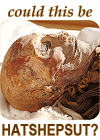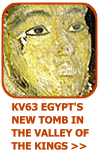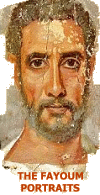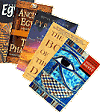|
|
|

Topics in this section: work and trade | leisure activities | hunting and fishing | food and drink | health and wellbeing | dress
Originally the fertile Nile wetlands were home to a wide variety of wildlife, including elephants, wild boar, rhinoceros, giraffe, lions, antelopes, gazelles, numerous varieties of deer, ibex, countless numbers of birds, fish, crocodiles and hippopotamus.
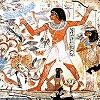 |
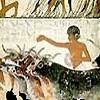 |
As cultivation, agriculture and stockbreeding became established along the Nile, the larger species of animals gradually migrated out of the valley. Now no longer a necessity for survival, hunting became a matter of sport for the nobility and royalty.
|
| In the early days, a desert hunt took place on foot, but after the introduction of the chariot, pharaoh and his hunting party would ride after their prey. The Egyptians wielded a number of different tools in the hunt including spears, arrows, nets which had been driven into a wadi and throwsticks, a boomerang type of weapon to take down birds from the sky. |
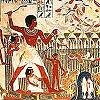 |
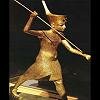 |
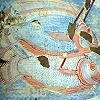 |
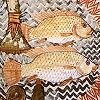 |
The Egyptians were the first people to fish for pure pleasure. Nobles are often shown in armchairs, lazily dangling lines into their well stocked garden pools. During the Old Kingdom, fish were usually netted or speared, although angling did become popular later. Fish could be roasted or boiled, or salted and preserved, or dried in the sun.
|
| Whilst the wealthy and nobility preferred to hunt fowl with a throwing stick, the marsh hunters would net both fish and wild fowl, snaring the birds by baiting the nets with corn or maggots. Geese, ducks, quails and cranes were the most common forms of fowl available to the Ancient Egyptians. |
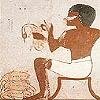 |
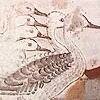 |
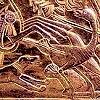 |
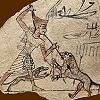 |
Animals could also be used as important accessories in a hunt. Greyhound type dogs were often used in hunting and are well known to us from Ancient Egyptian paintings, but their breed is still difficult to discern completely. Some evidence from tomb paintings suggest that tame cheetahs may have also been drafted in the hunt.
|
Over time, wild animals such as the lion, the bull and the cobra, came to represent royalty. The power and danger seen within the lion and the wild bull became synonymous with the pharaoh. From Predynastic times, images of the bull trampling the enemies of the king represented the pharaoh's triumph over his enemies. The bull implied strength and power. The lion was a representation of the pharaoh's power and leadership, and was often hunted by the pharaoh in a symbolic show of courage.
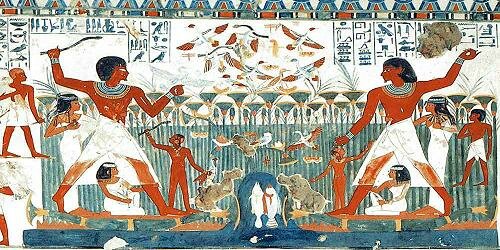 |
| Hunting and fishing with a throwstick (left) and a spear (omitted from painting). Painting from the tomb of Nakhtamun at Deir el-Medina, a craftsman who lived during the reign of Ramesses II. |
Discover the diet of the Ancient Egyptians >>
|
|
|





